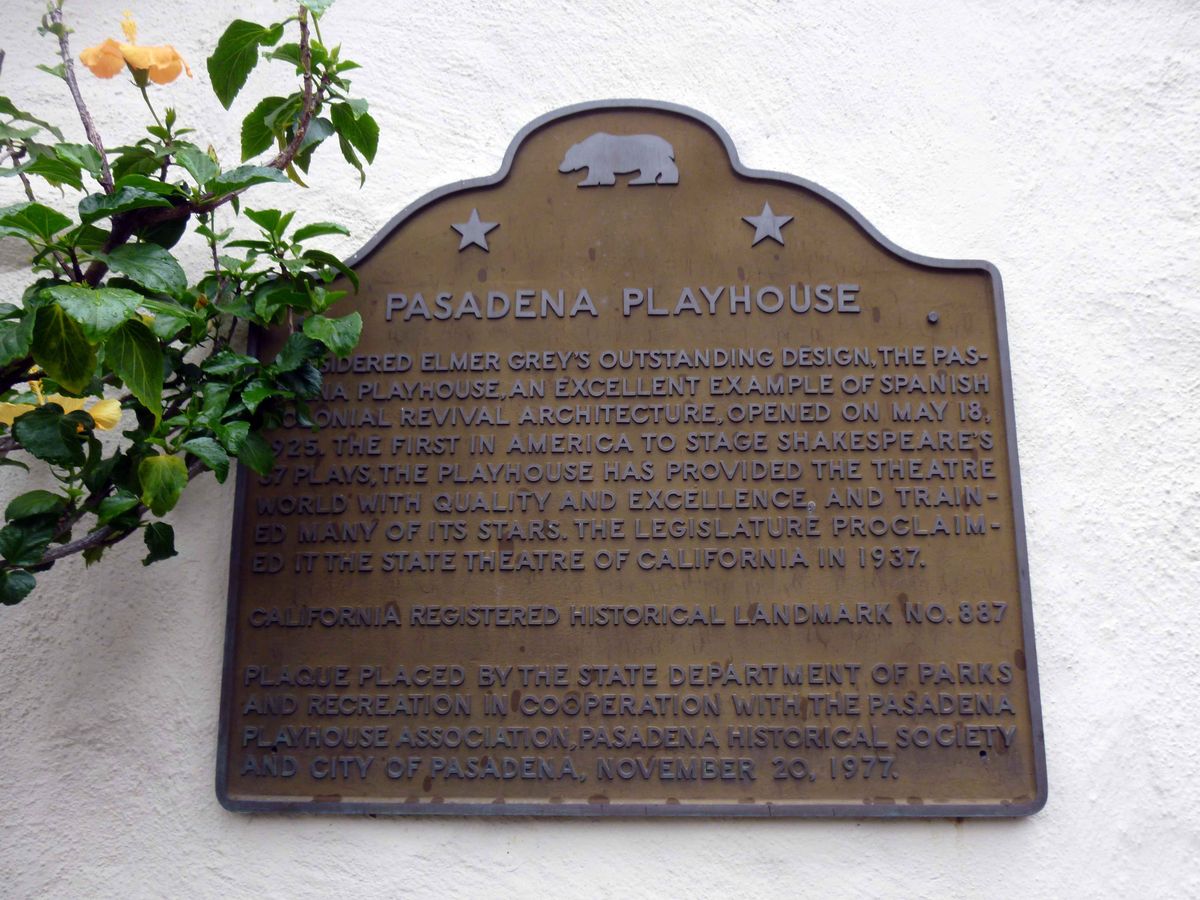About
In 1917, when a traveling troupe of actors called “The Gilmore Brown Players” decided to leave the travails of the road behind to put down roots in Pasadena there was little reason to expect that the small community theater operation would soon be producing first-rate actors at such a rapid rate that Hollywood insiders would dub it “The Star Factory” – but as was so often the case in the early years of the film industry, Gilmor Brown and company were in the right place at the right time.
Before they could take Tinseltown by storm, Brown and Co. needed a base of operations. The old burlesque house where they staged their shows was condemned as a fire hazard, and the future of the Community Playhouse Association of Pasadena was only assured when Pasadenans funded the construction of a new 820-seat theater in 1924. The Pasadena Playhouse was so successful that they added a School of Theatre Arts, which began to crank out stars one after the other: William Holden, Gene Hackman, and Dustin Hoffman are just a few of the many headliners who studied at the Playhouse.
The Mission Revival Style theater was designed by local architect and artist Elmer Grey, whose work includes the Beverly Hills Hotel and the Huntington Art Gallery. Though the drama school has long been closed and the theater itself has experienced persistent financial troubles, the Pasadena Playhouse has secured its place in Hollywood history.
Related Tags
Published
August 19, 2012































